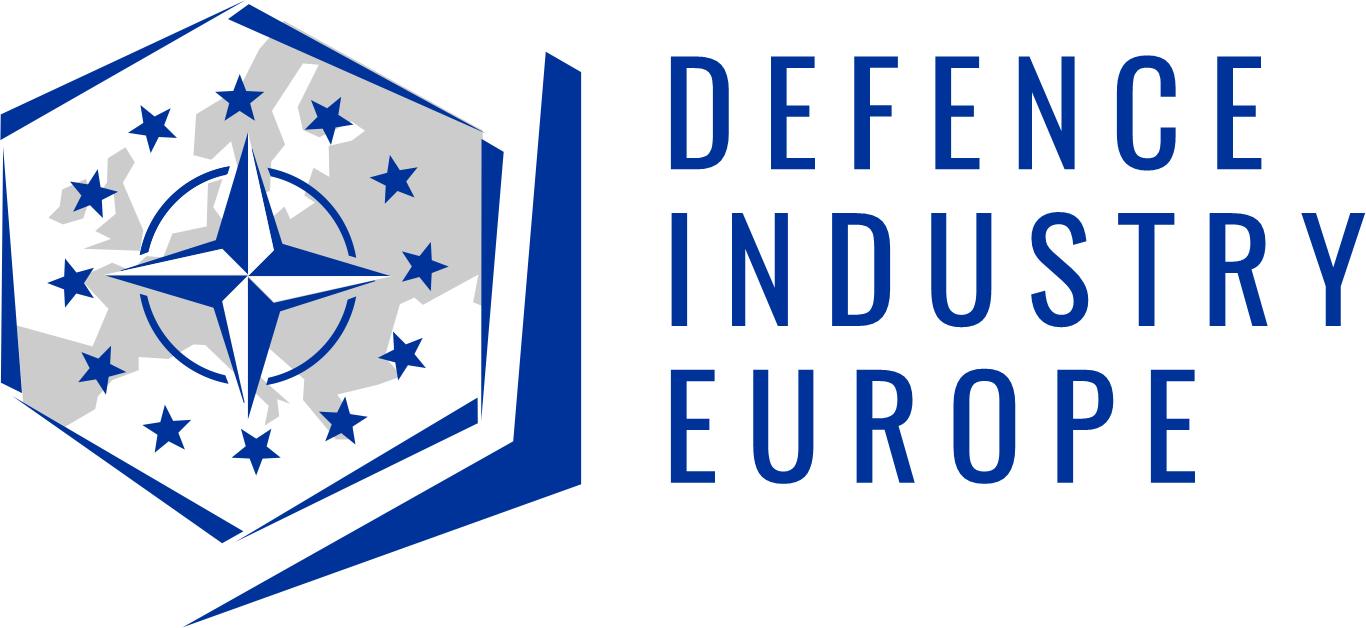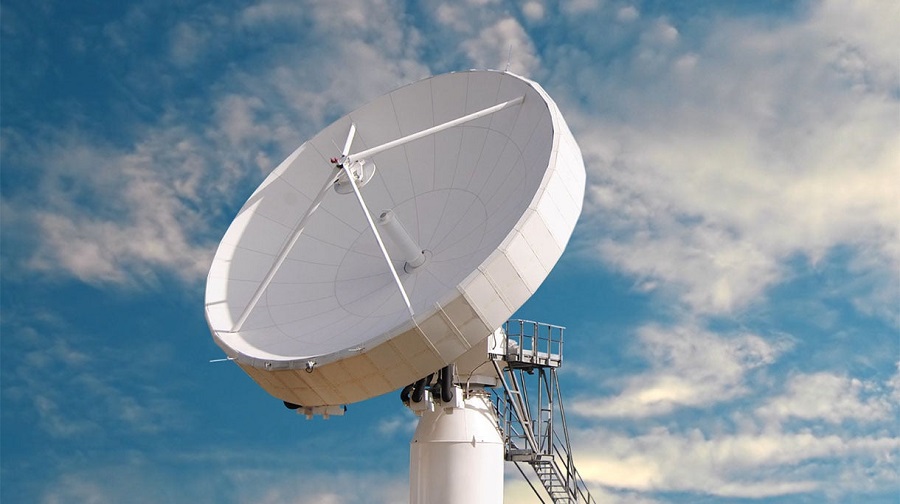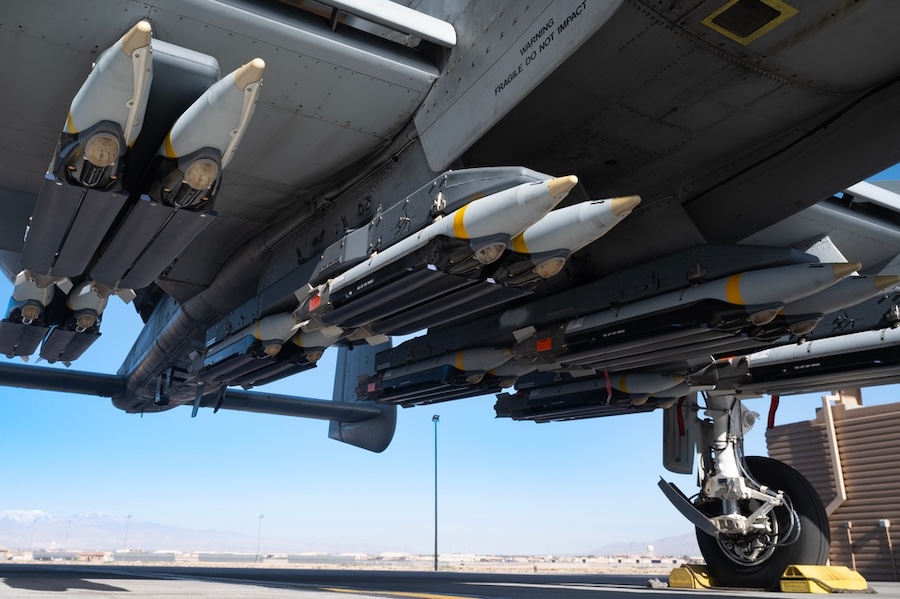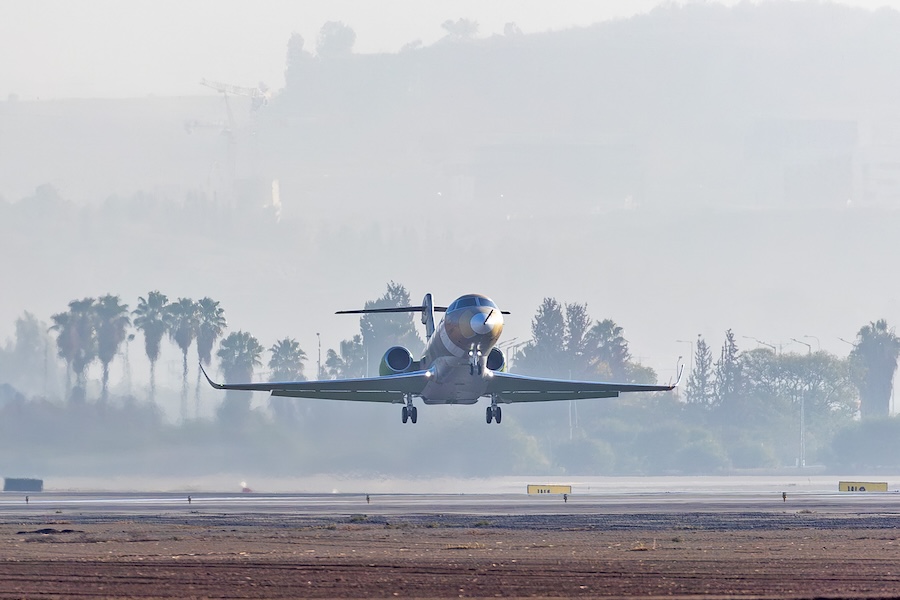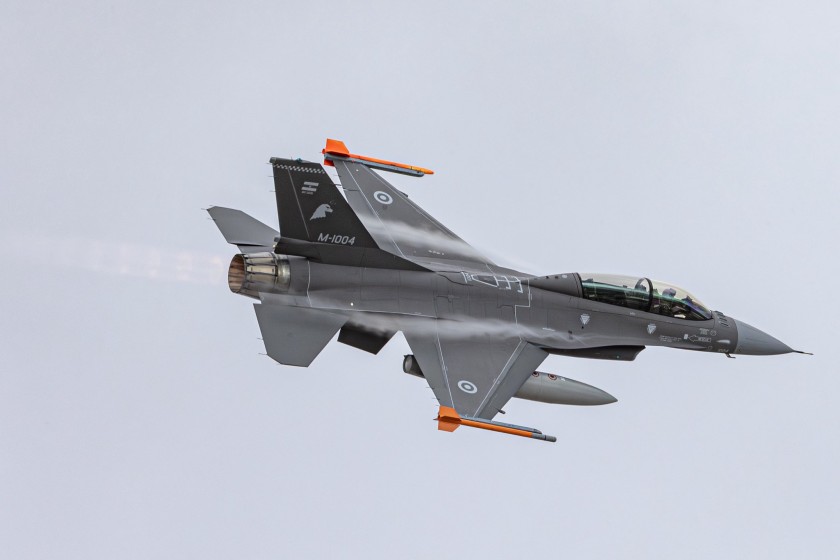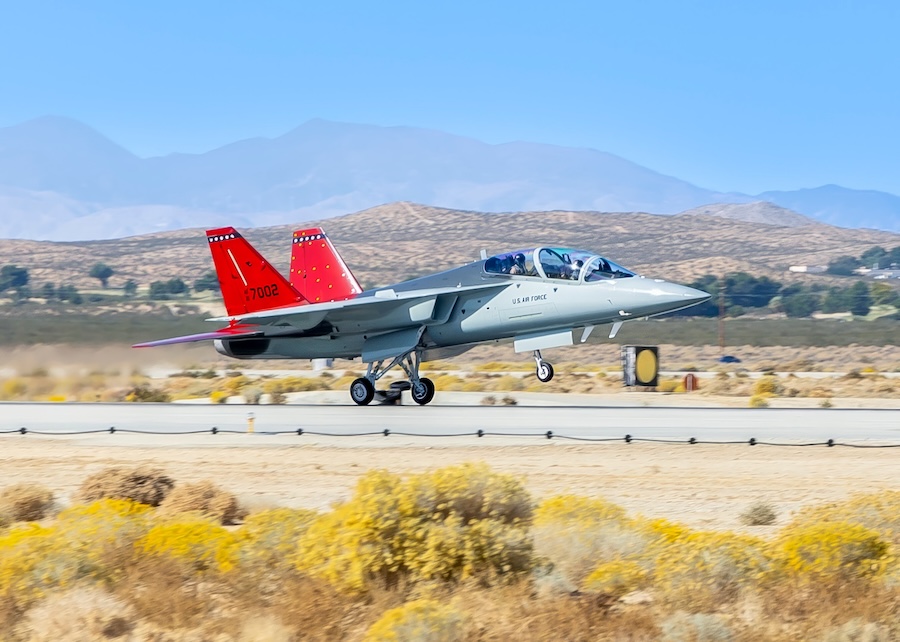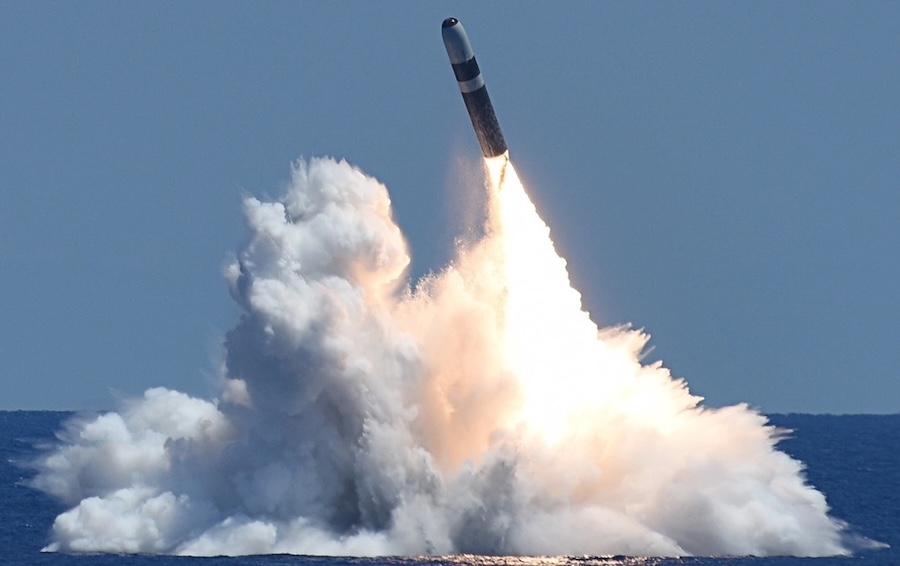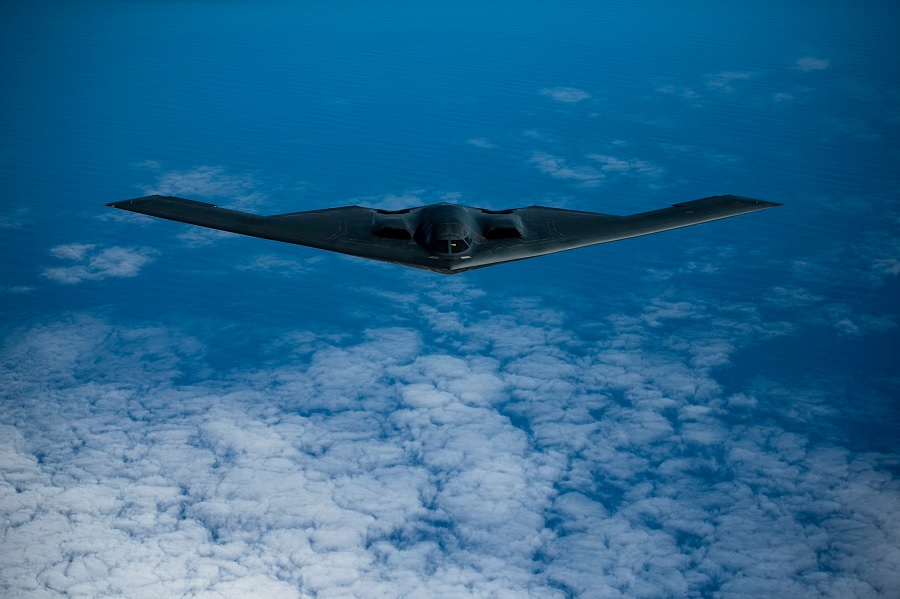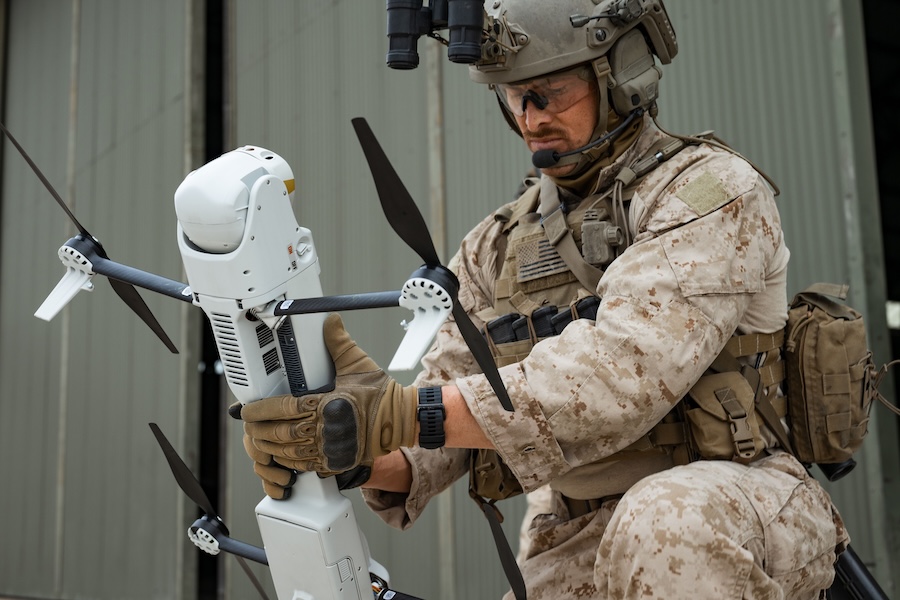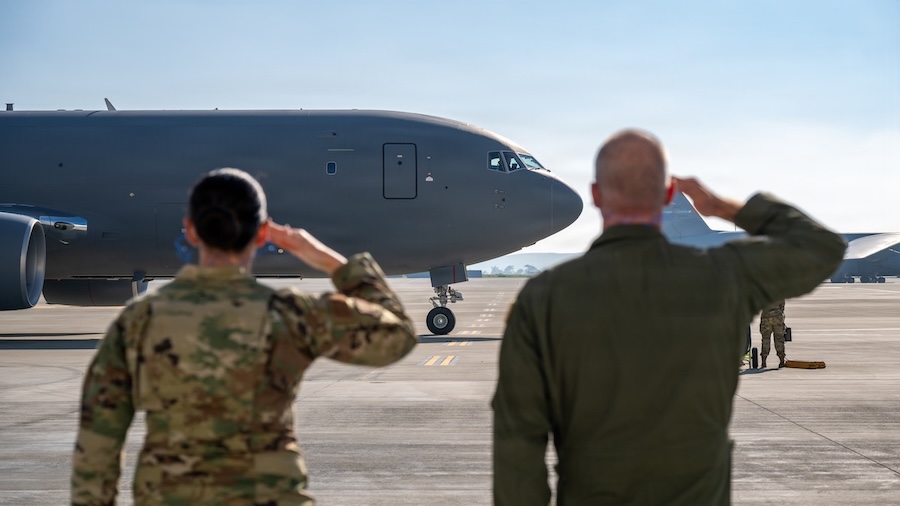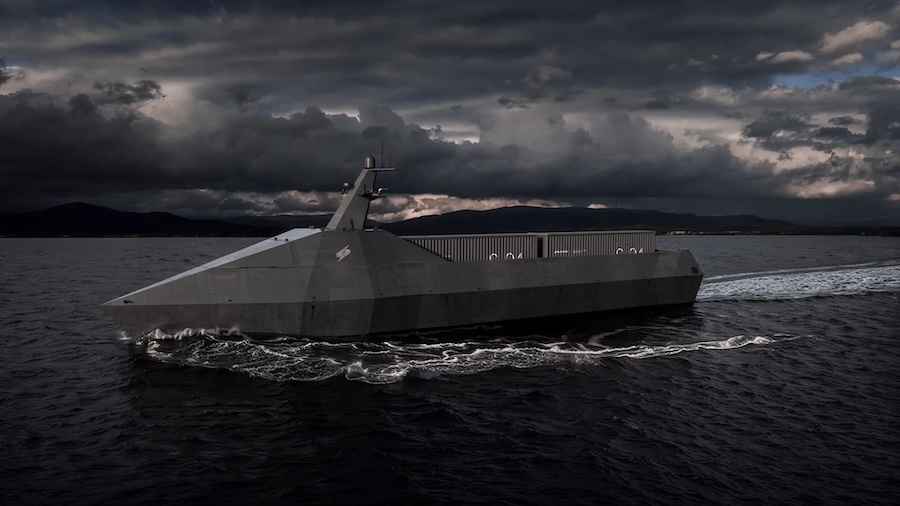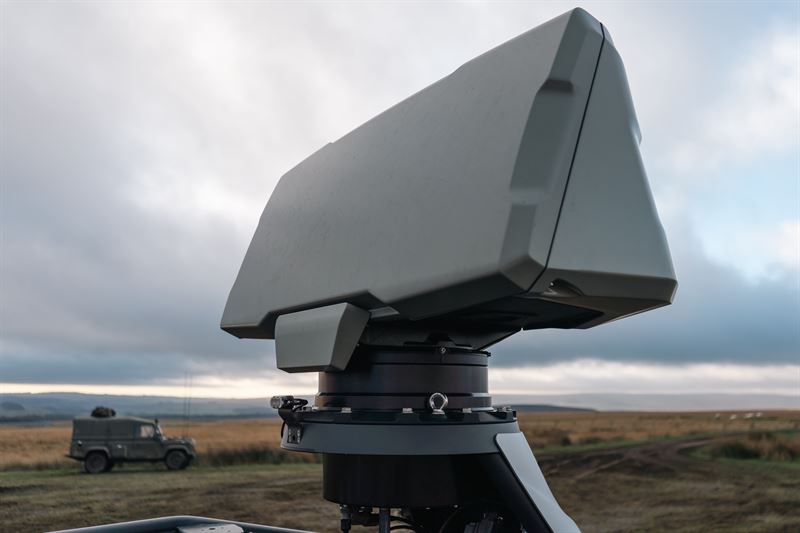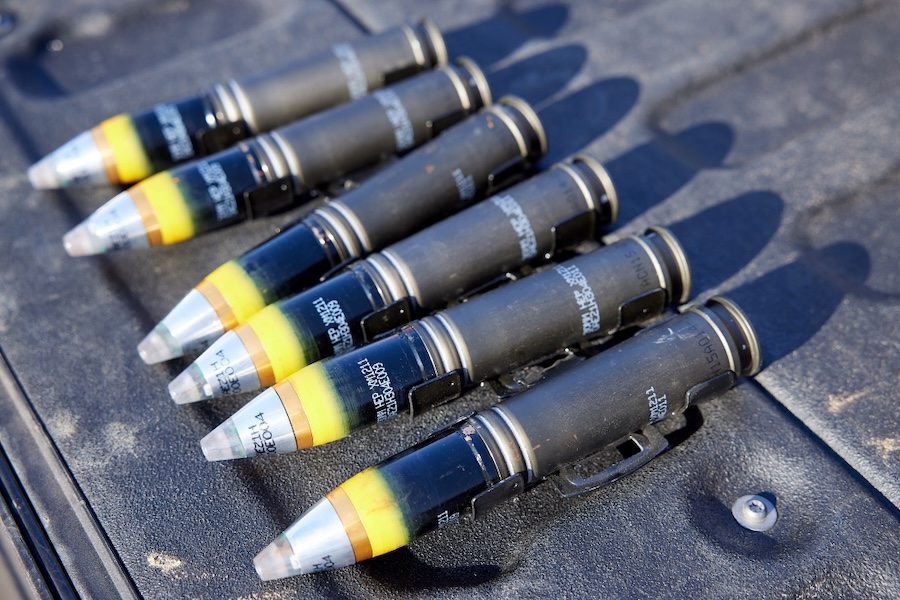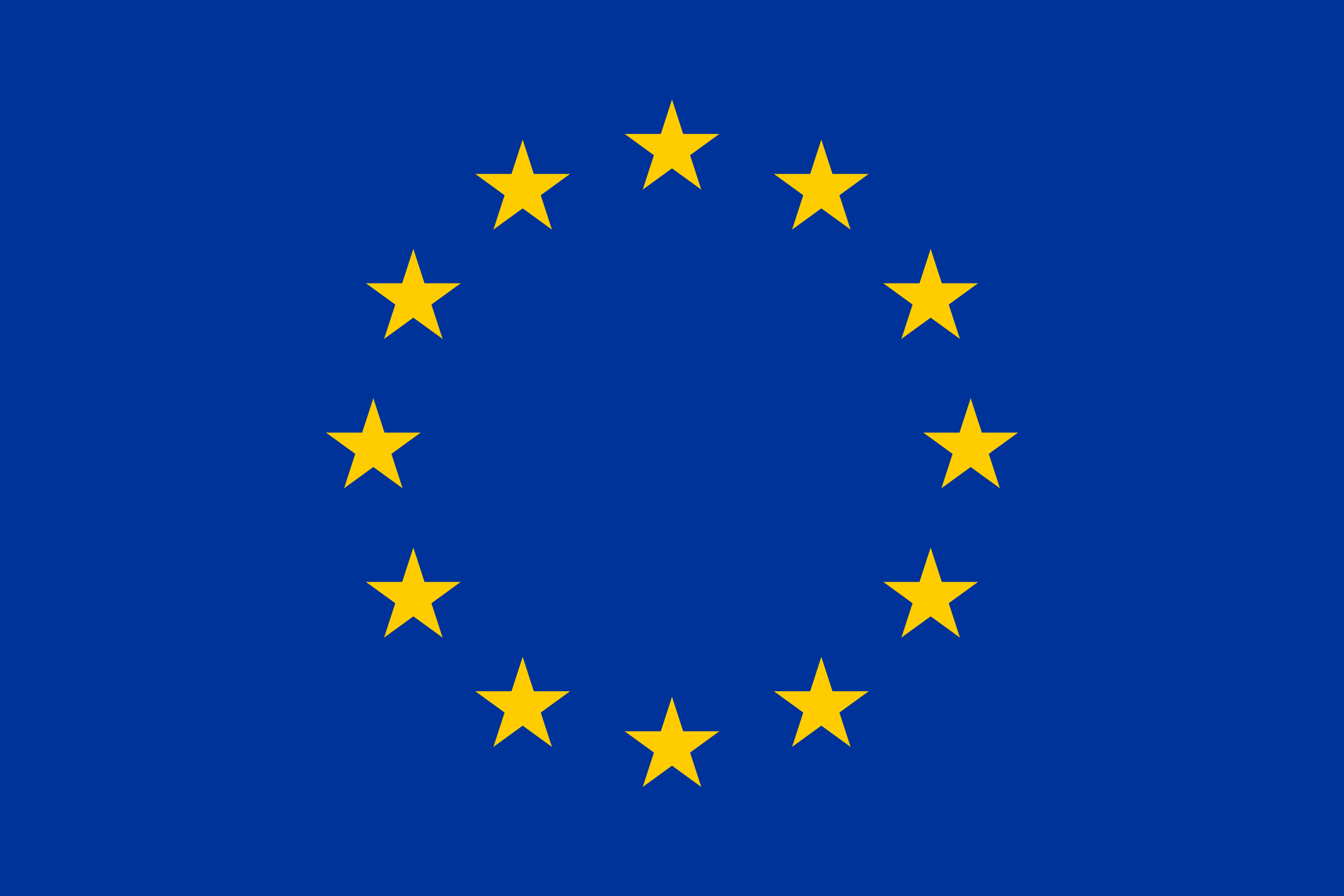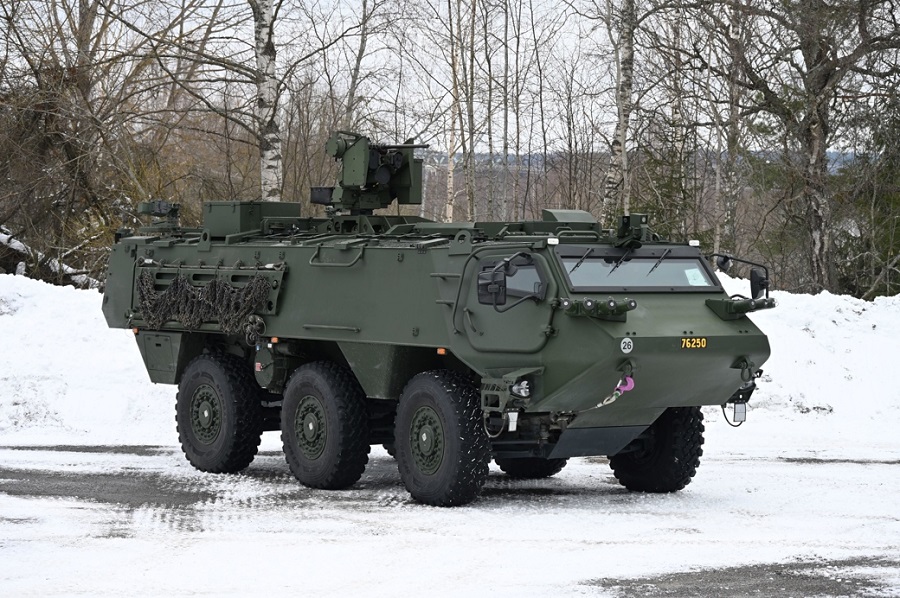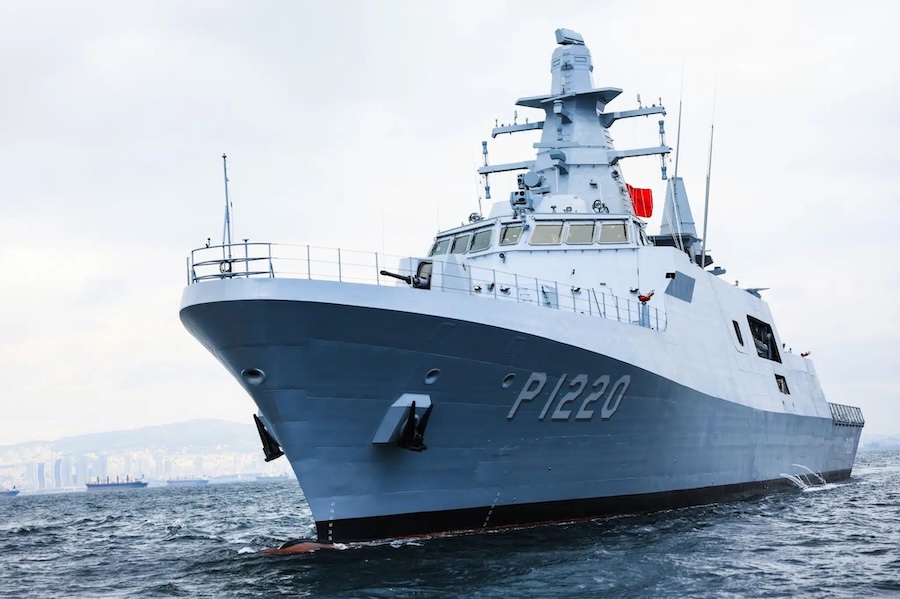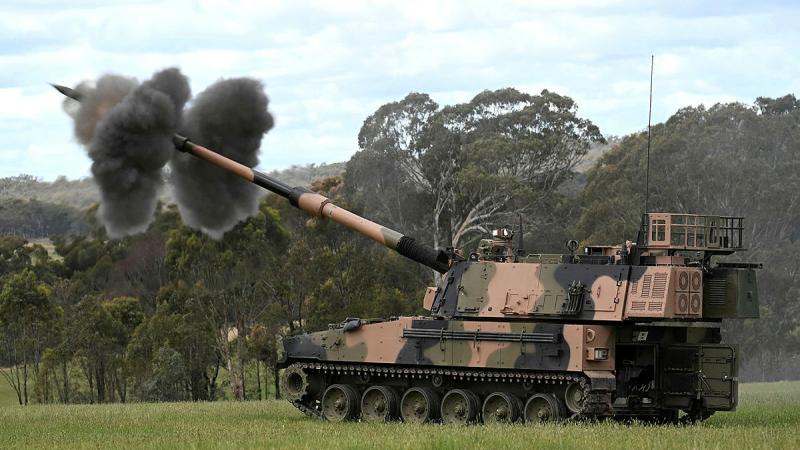The LWST terminal will enable secure, high-capacity two-way satellite communications for C4ISR, battle management and combat support. L3Harris was awarded the Indefinite Delivery, Indefinite Quantity contract in July 2024, valued up to $120 million, with an initial $33 million order for development and certification.
Designed as the next-generation successor to the Modernization of Enterprise Terminals (MET), the 12.2-metre LWST improves network performance through compliance with the updated MIL-STD-164 revision C. L3Harris is serving as the terminal’s design authority and integrator, producing the RF chain components and frequency converters to support Ka/X- and L-band operation.
Subcontractor CPI is providing the antenna structure and all transmit/receive amplifier equipment. L3Harris is drawing on its experience with the MET programme to ensure full interoperability between existing systems and the new LWST units.
“From an engineering perspective, we’ve done a lot of RF systems-level modeling, leveraging lessons learned from MET, and investing in the technology so that LWST will be the first terminal of this size to be certified for the new revision of MIL-STD-164,” said Meredith Eiband, Technical Director at L3Harris. “The company is continuing to invest in the technology to SWaP-optimize the RF chain further for smaller form factors, which provides options for areas that do not require as much bandwidth, and drives greater affordability for international customers.”
The system includes management-and-control functionality aligned with the Army’s planned network virtualisation. “We are providing Size, Weight and Power (SWaP) optimisation to the terminal’s ‘block house,’ which not only shrinks the operation centre’s footprint for space-constrained locations but also adds functionality and flexibility in how operators can establish the network and connect the terminals worldwide,” said Eiband.
The LWST design may be adapted for other MET variants, requiring only limited modifications such as High-Altitude Electromagnetic Pulse (HEMP) hardening. Upgrades at existing MET sites could also enable LWST-like capability without replacing current infrastructure.
The LWST contract runs through 2032 and is expected to include up to six terminals, extending the MET network, which currently includes 100 terminals globally. The $457 million MET Depot, Engineering and Support Services (DESS) IDIQ contract will help sustain and modernise the SATCOM infrastructure.
Once WGS-certified, LWST units may also be available to international partners within the WGS consortium. These may be procured directly or through relevant international partnership agreements.
Source: L3Harris Technologies.


